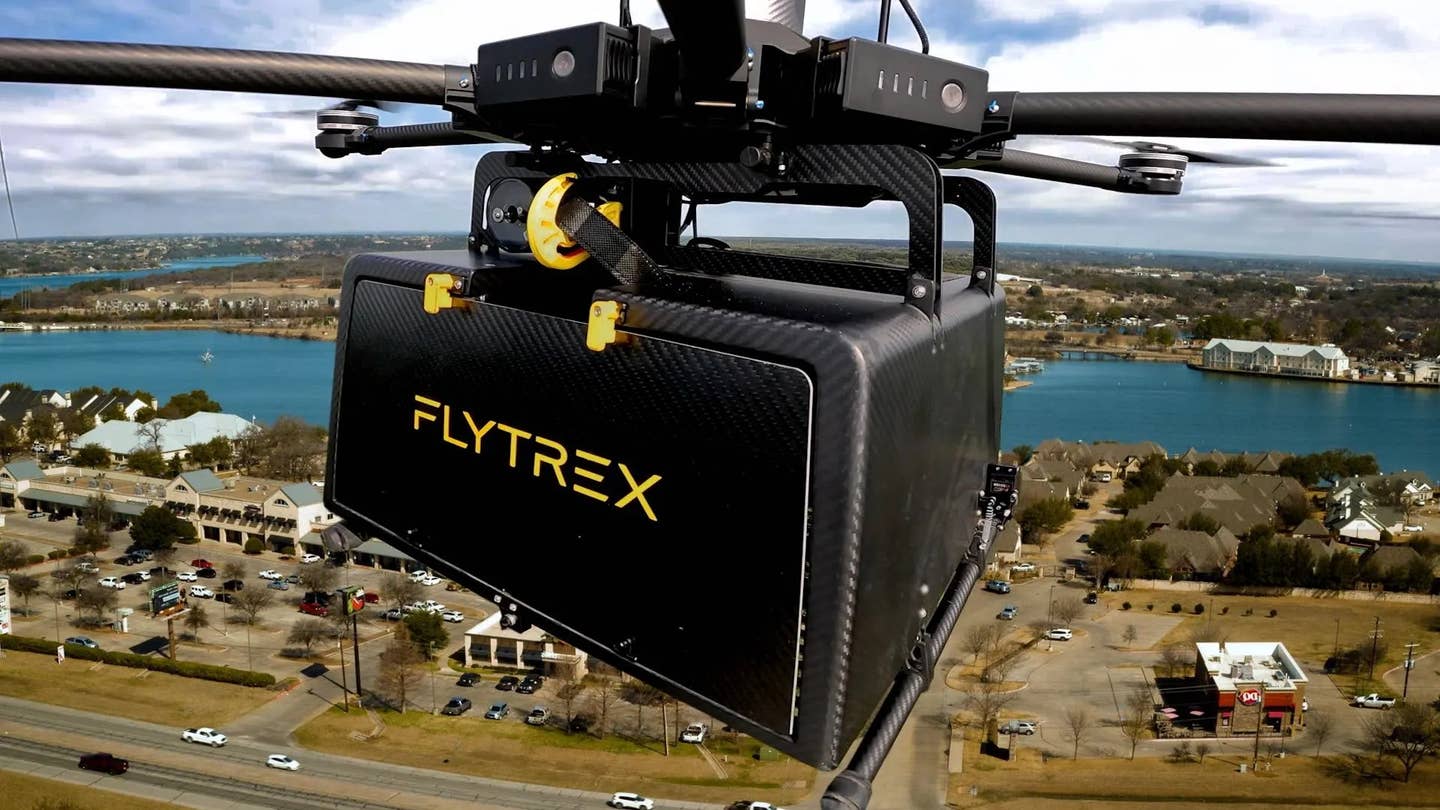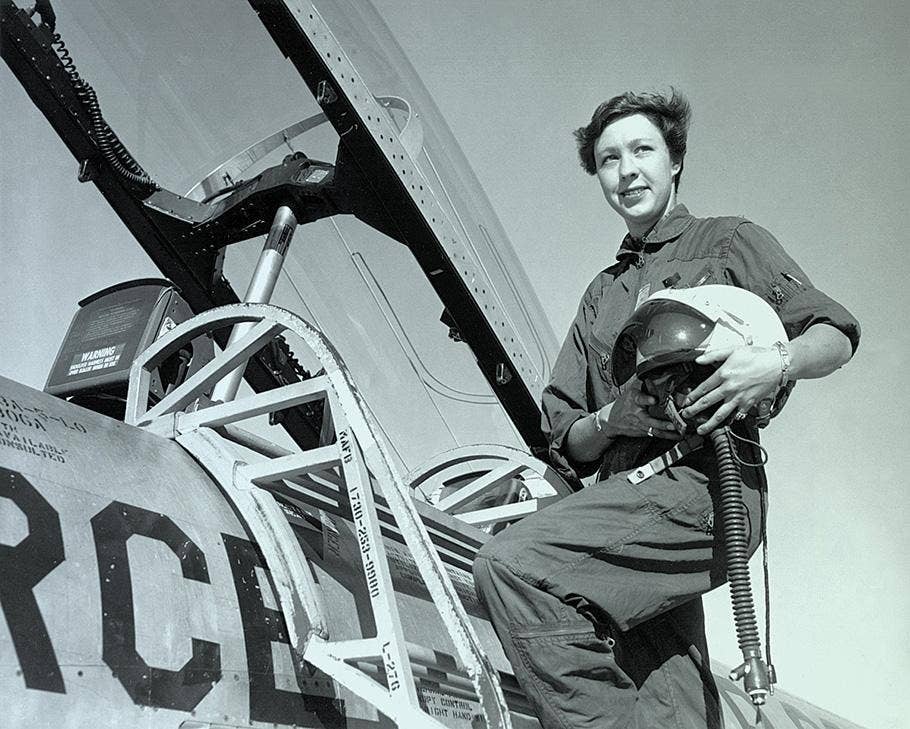SpaceX Sends Paying Customers on Ax-2 Mission to ISS
Launch represents the company’s third fully commercial flight and 10th crewed mission to space.

SpaceX’s Falcon 9 rocket and Crew Dragon capsule stand ready for launch at the Kennedy Space Center in Florida. [Photo: Axiom Space]
One small step for SpaceX may represent one giant leap for commercial space travel.
The space tourism firm on Sunday launched Ax-2, its second private astronaut mission to the International Space Station in conjunction with Houston-based space infrastructure developer Axiom Space.
The launch is SpaceX’s third fully commercial flight and its 10th crewed mission to space. And it’s backed by NASA, which has agreed to support two private space tourism missions per year. The collaborative team secured one of FLYING’s Editors’ Choice Awards in 2020.
Ax-2 launched from Kennedy Space Center’s Pad 39A Sunday evening in Florida, sending four people—three paying customers and one longtime NASA astronaut—hurtling toward the space station aboard SpaceX’s Crew Dragon capsule.
Crew Dragon took off on top of SpaceX’s Falcon 9 rocket, whose reusable lower stage booster separated from the capsule and landed vertically on the pad about eight minutes after launch.
“If SpaceX can perfect their launch infrastructure and produce a rapid-turnaround capability for these vehicles, it would greatly reduce the human effort and processing time required to fly space missions,” David Cunniff, a space strategist for national security firm Peraton, told FLYING. “Workforce labor is one of the largest cost elements in the space industry.”
The capsule then separated from Falcon 9’s upper stage as planned, arriving and docking at the space station Monday morning.
Now the crew will spend eight days aboard the satellite, conducting more than 20 experiments supporting research on cancer, DNA, the impact of gravity on inexperienced astronauts, and more. That will support Axiom’s goal of developing its own independent commercial space station when the ISS is retired at the end of the decade. Axiom will even begin adding its own rooms to the space station, with plans to later remove them and form a stand-alone outpost.
After learning from the space station’s current occupants, the crew will return to Earth, splashing down off the coast of Florida.
“This journey is the culmination of long hours of training, planning, and dedication from the crew and the entire Axiom Space team, our partners at SpaceX, and of course, a credit to NASA’s vision to develop a sustainable presence in low-Earth orbit,” said Michael Suffredini, president and CEO of Axiom.
The Ax-2 crew is led by Peggy Whitson, an Axiom employee and former NASA astronaut who has spent more time in space than any American or woman in history.
“Good to be here. It was a phenomenal ride!” Whitson radioed to SpaceX Chief Engineer Bill Gerstenmeier, who congratulated the crew from the ground after Crew Dragon separated from Falcon 9.
Three more crew members paid an undisclosed fee to Axiom for their seats: pilot John Shoffner, an American racecar driver, investor, and businessman; Ali al’Qarni, a fighter pilot in the Royal Saudi Air Force; and stem cell researcher Rayyanah Barnawi, the first Saudi Arabian woman in space.
“We are now living a dream that we did not expect to become a reality,” Barnawi said Sunday after reaching the space station. “This trip represents Saudis and the entire Arab world. It is also an opportunity to discover space.”
Ax-2 follows Axiom’s 2022 Ax-1 mission, the first privately crewed launch to the ISS, which sent another former astronaut and three paying customers to space. It’s also a milestone for SpaceX, which is rapidly becoming the leader in commercial space travel and is currently evaluating last month’s Starship test launch to identify areas of improvement.
“SpaceX has often used ‘failures’ as valuable data gathering events,” Cunniff said of the attempt. “One might say that they have re-defined what a failure is for the industry, as any mission or launch activity can and does produce valuable data that can be useful for future successful attempts. Often, this data is obtained at much lower cost (and in less time) than otherwise required for a rigorous engineering analysis and test series.”
While it’s unclear how large of an impact Ax-2’s research efforts will have on the creation of a new space station, the mission undoubtedly will give NASA, SpaceX, and Axiom more information to use in future missions.

Subscribe to Our Newsletter
Get the latest FLYING stories delivered directly to your inbox






